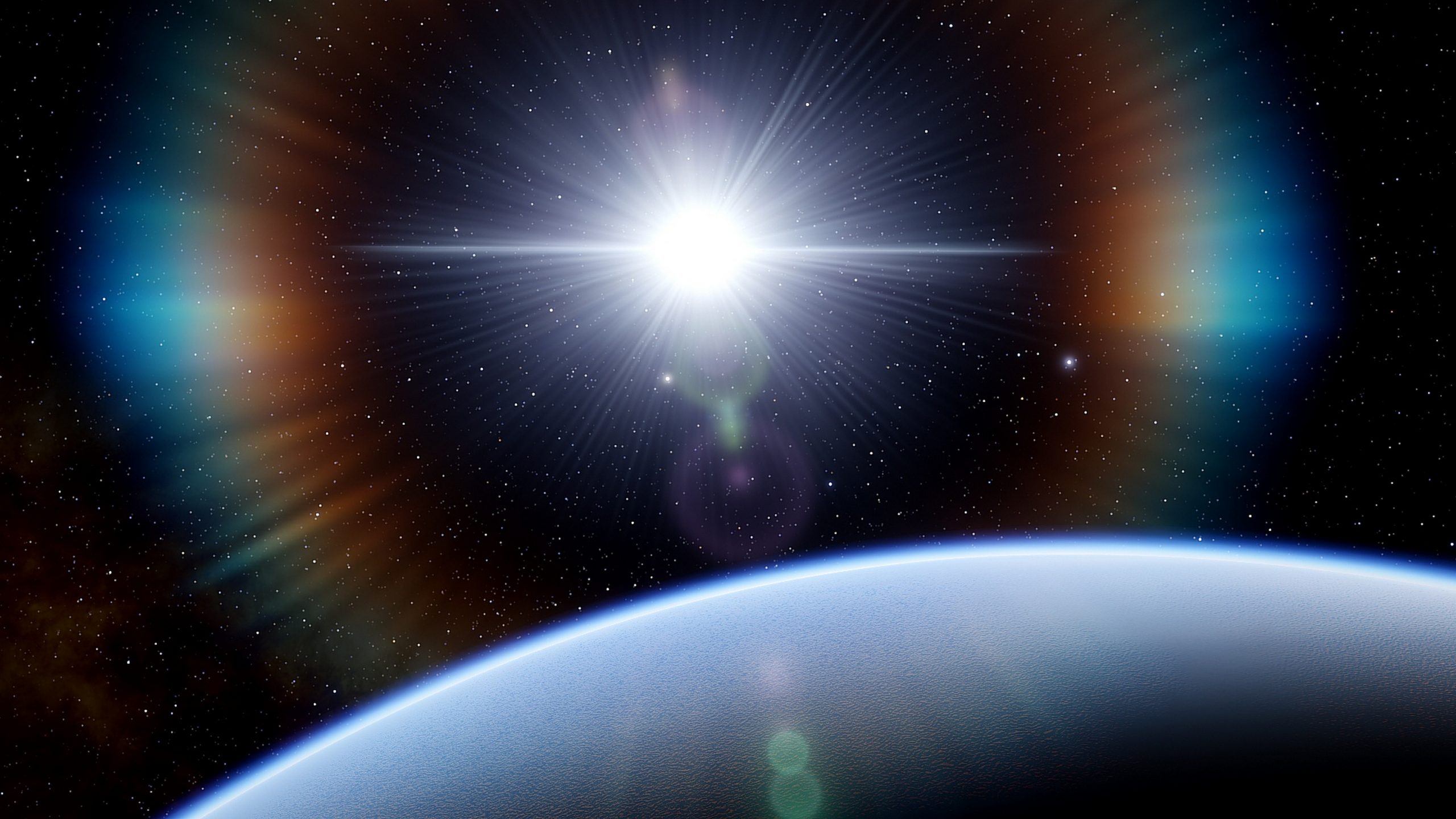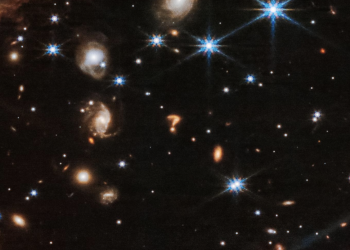A monumental dark energy discovery is sending ripples through the scientific world. For over two decades, astronomers have relied on the ΛCDM model—our most trusted blueprint for how the universe operates. But now, new data from the Dark Energy Spectroscopic Instrument (DESI) is forcing cosmologists to rethink that foundation.
And if the new analysis holds up, it might not just tweak our understanding of dark energy—it could completely transform how we believe the universe will end.
What is DESI and why is everyone watching it?
Installed at the Kitt Peak National Observatory in Arizona, DESI is a state-of-the-art telescope system with a bold mission: to create the most detailed 3D map of the universe ever made. Since launching its science operations, DESI has been observing over 14,000 galaxies every night.
Its main job? To study dark energy, the mysterious force believed to be accelerating the universe’s expansion.
Earlier this week, DESI released its first set of data—Data Release 1 (DR1)—a massive compilation of observations collected during its first 13 months. The release was accompanied by over 40 scientific papers, making it one of the most substantial contributions to cosmology in recent years.
But one particular result stood out—and it could be a game-changer.
The dark energy twist no one saw coming
For years, cosmologists assumed that dark energy behaves like a cosmological constant. This means its effect on the universe never changes—it’s always been there, and it always will be, steadily pushing galaxies apart faster and faster.
But the DESI data hints at something radically different.
Dark energy might be getting weaker over time.
This shift, if confirmed, would dismantle the ‘Λ’ in ΛCDM, the standard cosmological model that underpins everything from galaxy formation to predictions about the universe’s end.
The implication? The universe might not expand forever. Instead, it could reach a point where expansion slows down—or even reverses.
How did scientists reach this conclusion?
Researchers analyzed two key datasets:
-
DESI DR1, which includes:
-
Over 5 million galaxies.
-
Measurements of baryon acoustic oscillations (BAO), the subtle ripples in the distribution of galaxies left over from the early universe.
-
Detailed data from the Lyman-α forest, a pattern of hydrogen absorption lines that acts as a cosmic fingerprint stretching back billions of years.
-
-
A preview of Data Release 2, which added more BAO measurements and improved clarity over longer cosmic timeframes.
They also incorporated data from:
-
The cosmic microwave background (CMB), the faint radiation leftover from the Big Bang.
-
Type Ia supernovae, used as standard candles to measure cosmic distances.
The combined analysis led researchers to a startling result: The best-fitting model isn’t one where dark energy is constant, but where it varies over time.
What does the data say?
The evidence for this evolving dark energy isn’t just a speculative guess. It’s supported by rigorous statistics.
-
The confidence level reached 4.2 sigma.
-
That translates to a 1 in 50,000 chance that the observed effect is a fluke.
-
While that falls short of the gold standard 5 sigma (which denotes a full discovery), it’s still the strongest evidence yet that dark energy might be changing.
Astrophysicist Adam Riess, one of the co-discoverers of dark energy in 1998, told The New York Times:
“It’s fair to say that this result, taken at face value, appears to be the biggest hint we have about the nature of dark energy in the ~25 years since we discovered it.”
A clash of cosmic models
Interestingly, these findings contrast with results from another massive project: the Atacama Cosmology Telescope (ACT). That study reinforced the ΛCDM model’s accuracy—at least for the early universe. So who’s right? Both might be. It’s possible that ΛCDM works well in explaining the ancient universe, while DESI is now revealing cracks in the model when looking at more recent epochs.
That opens up an intriguing possibility: the laws of physics governing the universe’s expansion might evolve over time.
As cosmologist Colin Hill put it in Science News:
“It just blew me away that we didn’t see even, like, a hint of one of these new physics extensions. “It indicates that we might need to go back really to some of the foundational assumptions of our understanding of cosmology.”
What happens if dark energy is fading?
This isn’t just a numbers game. The future of the cosmos hinges on this mystery. If dark energy is weakening, the universe might not be destined for a Big Freeze (where everything drifts apart into eternal darkness). Instead, three other scenarios become possible:
1. Big Crunch
The expansion slows, stops, and reverses—eventually pulling everything back into a hot, dense point. It’s a mirror of the Big Bang, but in reverse.
2. Cosmic Stabilization
Dark energy fades just enough to stop acceleration, and the universe expands at a steady rate forever—a kind of cosmic plateau.
3. Oscillating Universe
Some physicists speculate that the cosmos could cycle between expansion and collapse—eternally bouncing between Big Bangs and Big Crunches.
Each of these possibilities would fundamentally change how we interpret the universe’s destiny—and our place within it.
Why this could mark the beginning of a new era in cosmology
At the heart of the ΛCDM model lies the symbol Λ, representing the cosmological constant—a mathematical expression once thought to be a fixed part of the universe’s DNA. It has served as the backbone of modern cosmology for over two decades, offering a reliable framework to explain how galaxies drift apart and how cosmic structures form.
But if DESI’s findings continue to hold up under scrutiny, that cornerstone might no longer stand. The assumption that dark energy exerts a constant force could be wrong—and that possibility opens the door to a cascade of consequences.
We’re not talking about a slight tweak to existing equations. We’re talking about the potential need to revisit some of the most fundamental concepts in physics.











